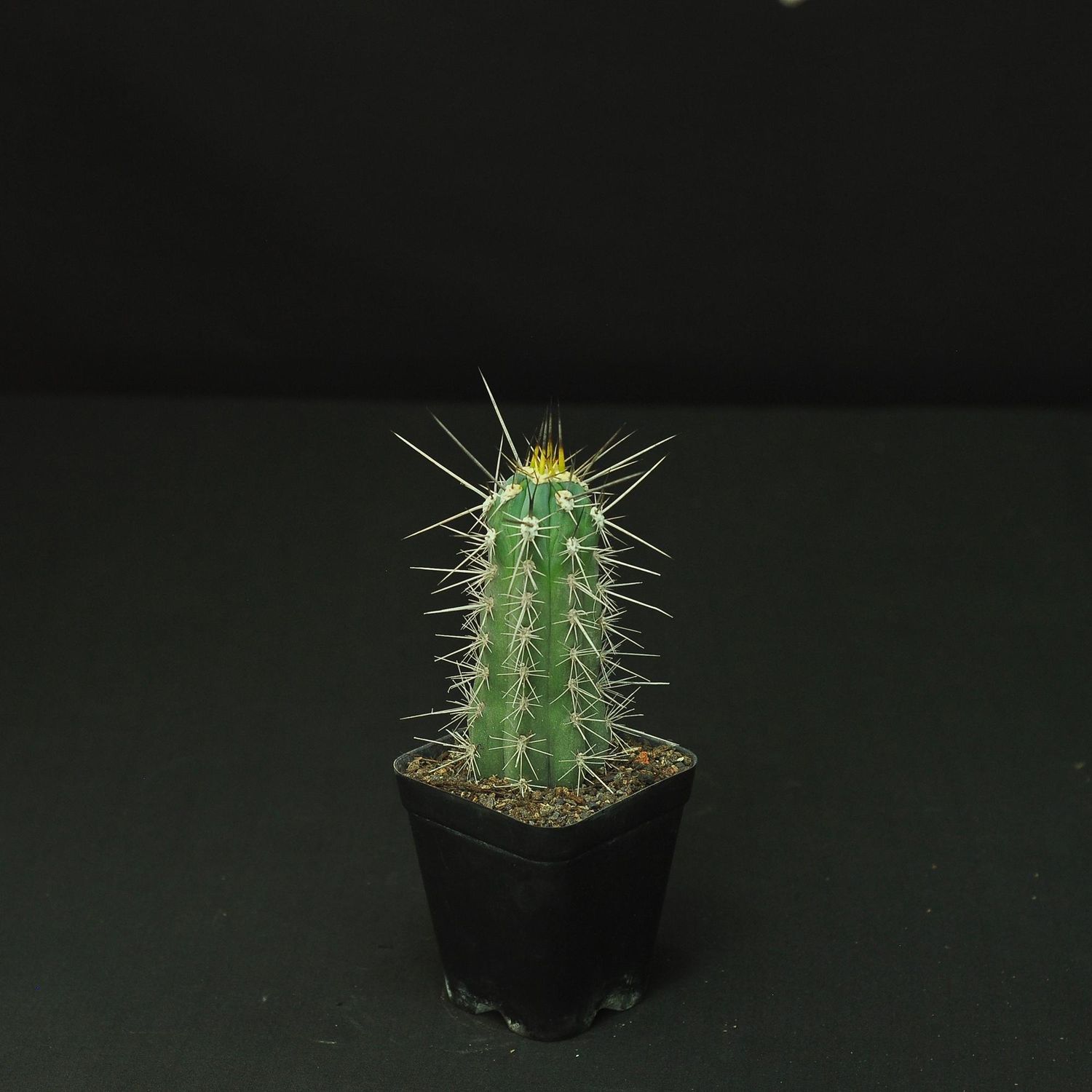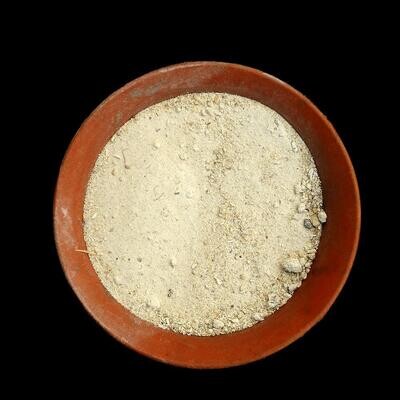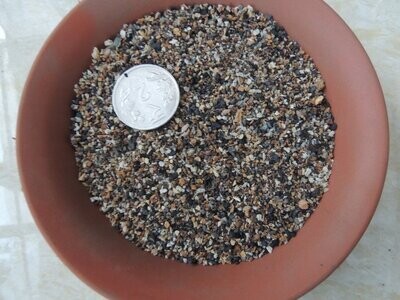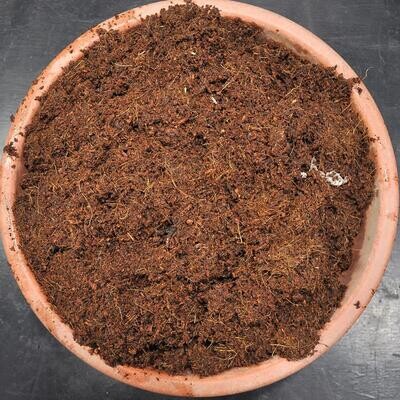Please check the Shipping Updates Page for information on shipping.
Stetsonia coryne (Toothpick Cactus)
Toothpick Cactus - develops really long showy spines asit grows a taller .
Origin of Name
The genus "Stetsonia" is named in honor of Francis Lynde Stetson, a lawyer and friend of David Fairchild, an influential American botanist and plant collector. The species name "coryne" is derived from the Greek word "koryne," meaning club or cudgel, referencing the thick, columnar shape of the cactus that resembles a club.
Technical Description of Plant
Stetsonia coryne is characterized by its tall, columnar growth habit, capable of reaching heights of up to 10 meters (about 33 feet) in its natural habitat. It has a bluish-green to dark green stem with 8 to 14 prominent ribs lined with evenly spaced areoles. From these areoles emerge long, sharp spines that can be up to 10 cm (about 4 inches) in length, giving the plant its common name, Toothpick Cactus. Stetsonia coryne blooms in the summer with large, white, nocturnal flowers that exude a pleasant fragrance, followed by edible fruits that are appreciated in its native range.
Origin of Plant
Stetsonia coryne is native to the arid and semi-arid regions of northern Argentina, Bolivia, and Paraguay. It thrives in rocky and sandy soils, often forming stands in its natural habitat. This cactus has adapted to survive in environments with extreme temperature fluctuations and limited water availability.
Conservation Status
Currently, Stetsonia coryne is not listed as endangered or vulnerable. However, like many cacti, it faces threats from habitat destruction, illegal collection, and climate change. Efforts to cultivate Stetsonia coryne in controlled environments can help mitigate the pressure on wild populations and contribute to the species' conservation.
Care Instructions
Stetsonia coryne requires well-draining soil and full sun exposure to thrive. It is relatively drought-tolerant and should be watered sparingly, allowing the soil to dry out completely between waterings. During the winter months, reduce watering significantly to prevent root rot. This cactus is capable of withstanding brief periods of frost, but prolonged exposure to freezing temperatures should be avoided. Fertilize lightly during the growing season to support healthy growth and flowering.





